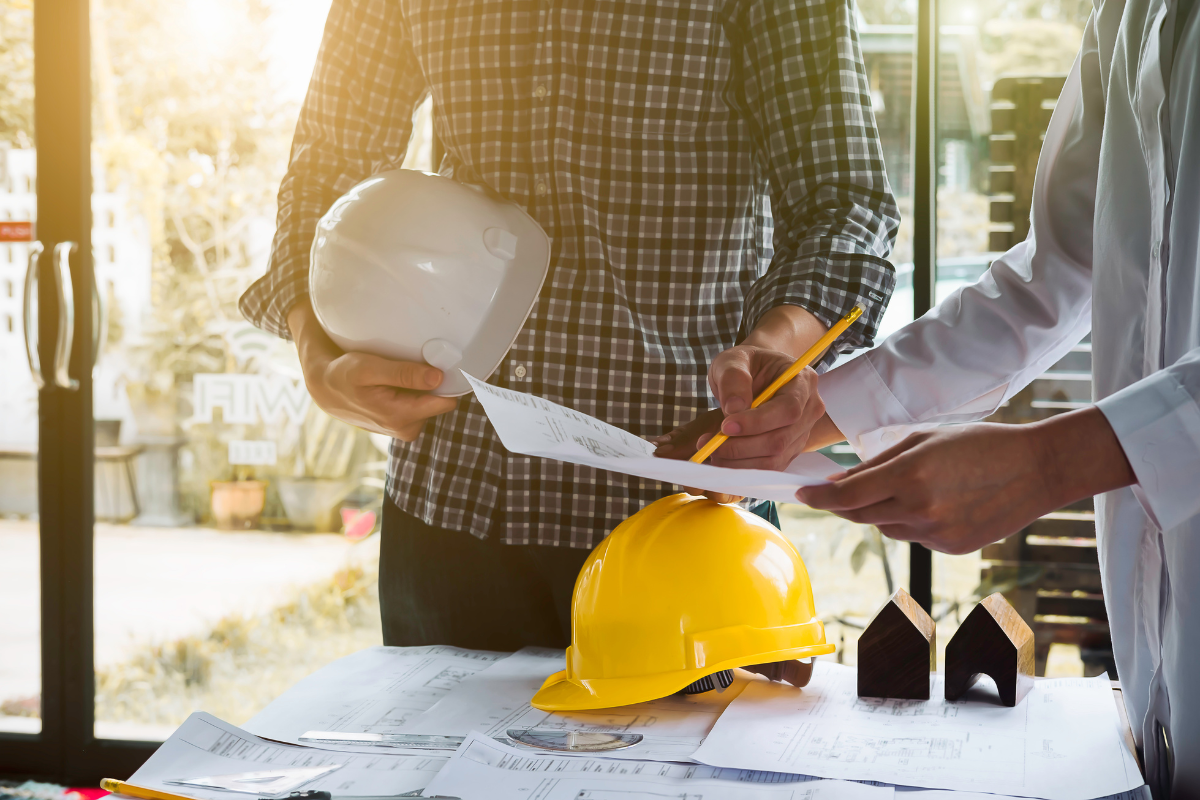Different Recladding Materials and Their Peculiarities

Construction projects require consideration of various aspects, from design aesthetics to structural integrity. One crucial aspect that often comes into play is the choice of cladding materials. Cladding not only enhances the appearance of a building but also provides protection against weather conditions and contributes to its overall durability. In recent years, aluminium cladding panels have gained significant popularity due to their versatility and unique properties. However, several other recladding materials are available in the market, each with its peculiarities. Explore some of these materials and their distinct characteristics in the section below.
Brick Cladding: Brick cladding has been a traditional choice for many construction projects. It offers a timeless appeal, adding a touch of elegance and warmth to buildings. Brick cladding provides excellent thermal insulation, which can help in reducing energy consumption. Furthermore, brick cladding is durable, fire-resistant, and requires minimal maintenance. Its versatility allows for various design options, such as different patterns, textures, and colours, enabling architects to achieve their desired aesthetic.
Stone Cladding: Stone cladding offers a diverse range of materials, such as granite, limestone, slate, and sandstone, each showcasing distinct texture and color variations. Stone cladding offers exceptional durability, withstanding harsh weather conditions and providing excellent thermal insulation. It is also fire-resistant and requires minimal maintenance. Stone cladding can be installed in various ways, such as stacked, random, or in a patterned arrangement, allowing for creative and visually stunning designs.
Timber Cladding: Timber cladding is renowned for its warm and inviting aesthetic appeal. It adds a natural element to buildings, creating a harmonious blend with the surrounding environment. Timber cladding offers excellent insulation properties, contributing to energy efficiency. It is also lightweight and easy to work with, allowing for flexibility in design. However, timber cladding requires regular maintenance to protect it from moisture, pests, and decay. Proper treatment and sealing are essential to ensure its longevity.
Composite Cladding: Composite cladding is popular for its durability and low maintenance requirements. It is made from a combination of materials, typically wood fibres and recycled plastics. Composite cladding offers the aesthetic appeal of wood with added strength and resistance to weather elements. It is available in a variety of colours, textures, and finishes, providing architects and designers with ample options. Composite cladding is also environmentally friendly, as it utilises recycled materials.
Metal Cladding: Metal cladding, particularly aluminium cladding panels, has gained significant popularity in modern architecture. These panels are lightweight, versatile, and durable. They offer excellent resistance to corrosion, making them suitable for various weather conditions. Aluminium cladding panels can be easily fabricated and installed, reducing construction time and costs. Additionally, they are available in a wide range of colours and finishes, allowing for creative design possibilities. The use of these panels can also contribute to energy efficiency when combined with appropriate insulation systems.
Fiber Cement Cladding: Fiber cement cladding is a composite material made from cement, sand, and cellulose fibres. It offers excellent durability, weather resistance, and fire resistance. Fibre cement cladding is available in various textures and finishes, including smooth, textured, and even imitating other materials like wood or stone. It requires minimal maintenance and is resistant to rot, insects, and moisture. However, it is heavier than some other cladding materials, requiring careful consideration during installation.
In conclusion, the choice of recladding materials plays a significant role in the appearance, durability, and performance of a building. Each material has its peculiarities, offering unique benefits and considerations. Whether it’s the timeless elegance of brick, the natural beauty of stone, the warmth of timber, the durability of composite, the modern appeal of metal, or the versatility of fibre cement, there is a recladding material to suit every architectural vision and project requirement. So, carefully evaluate these materials and consult a professional to select the most suitable option for a successful construction project.












